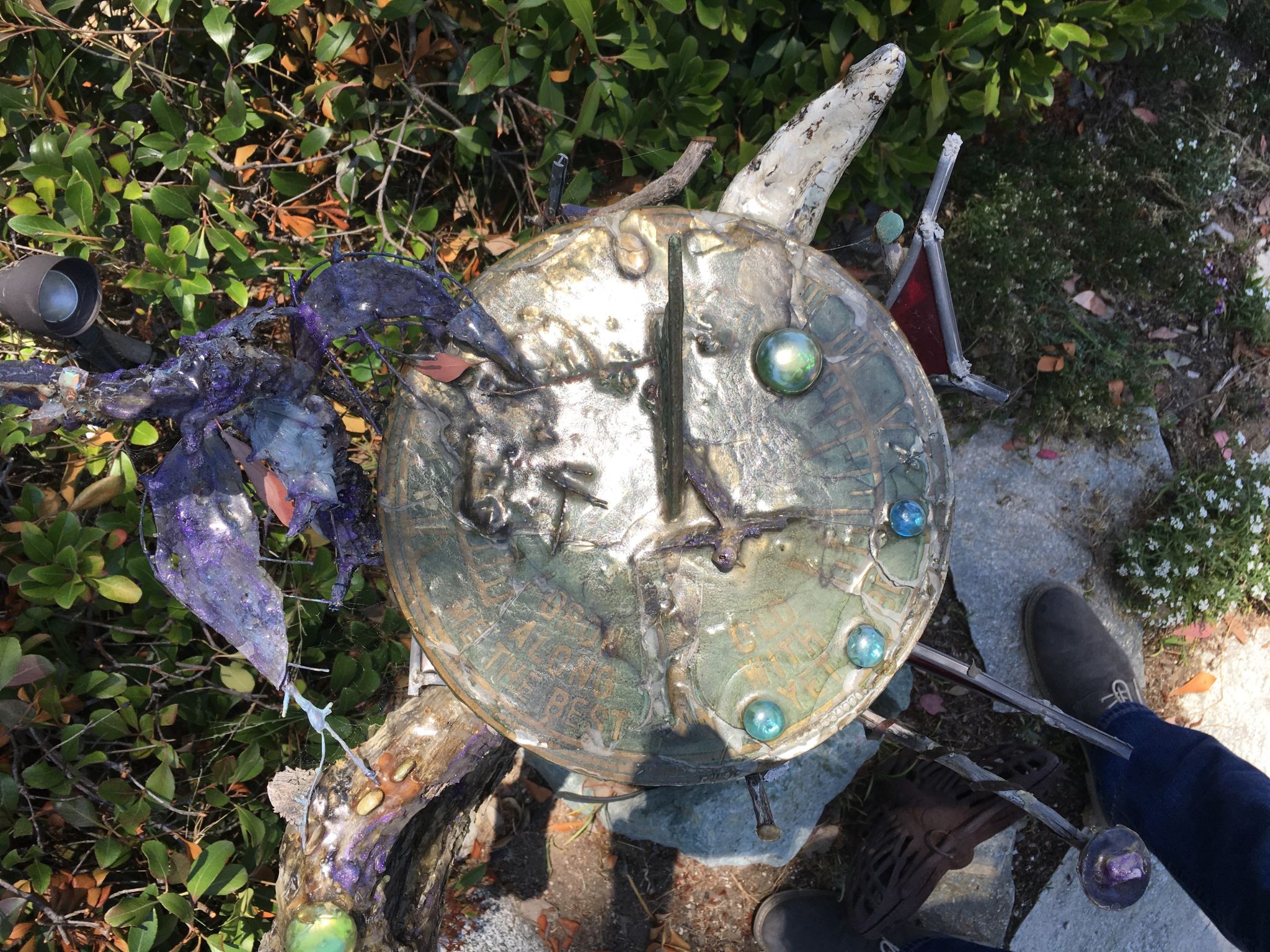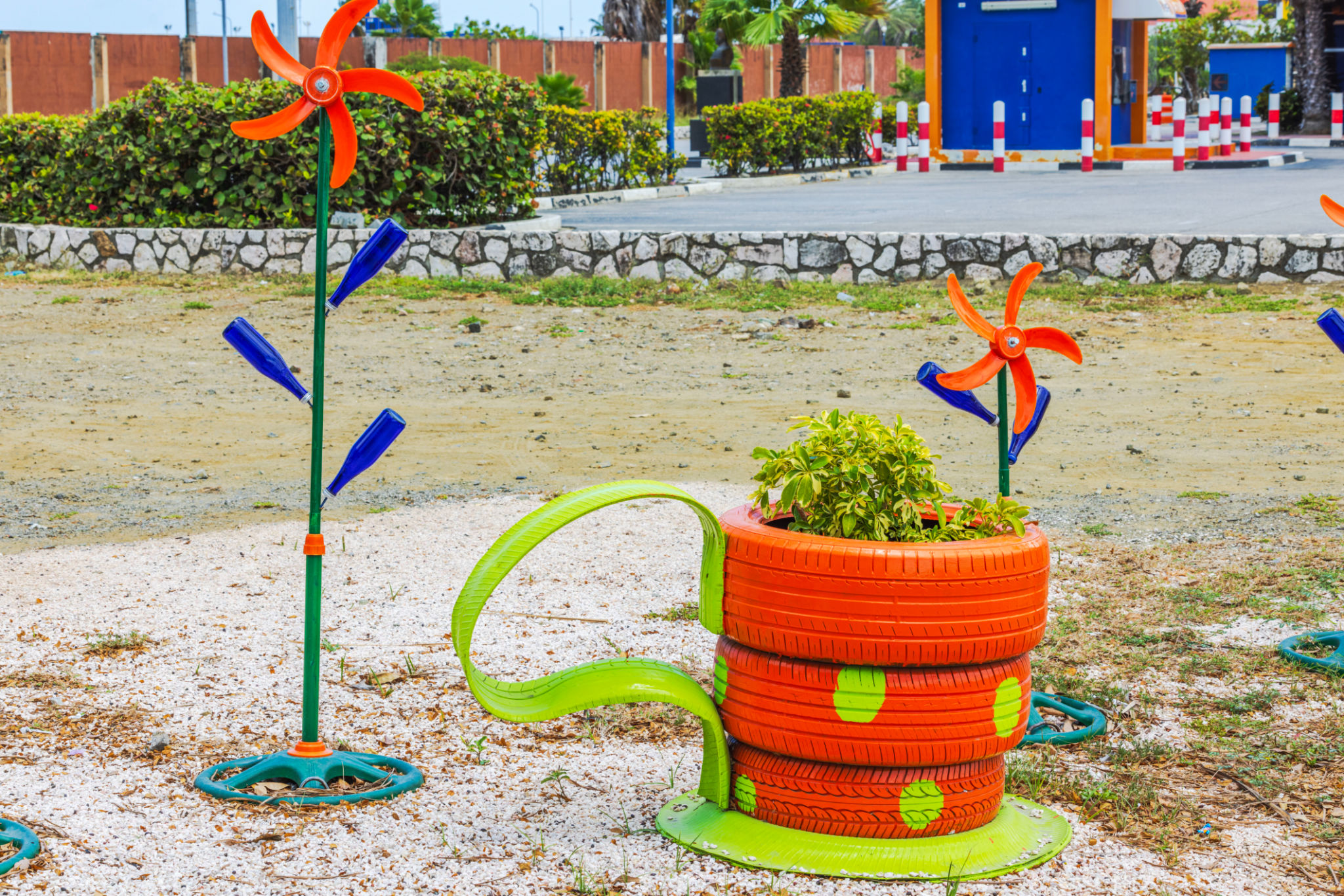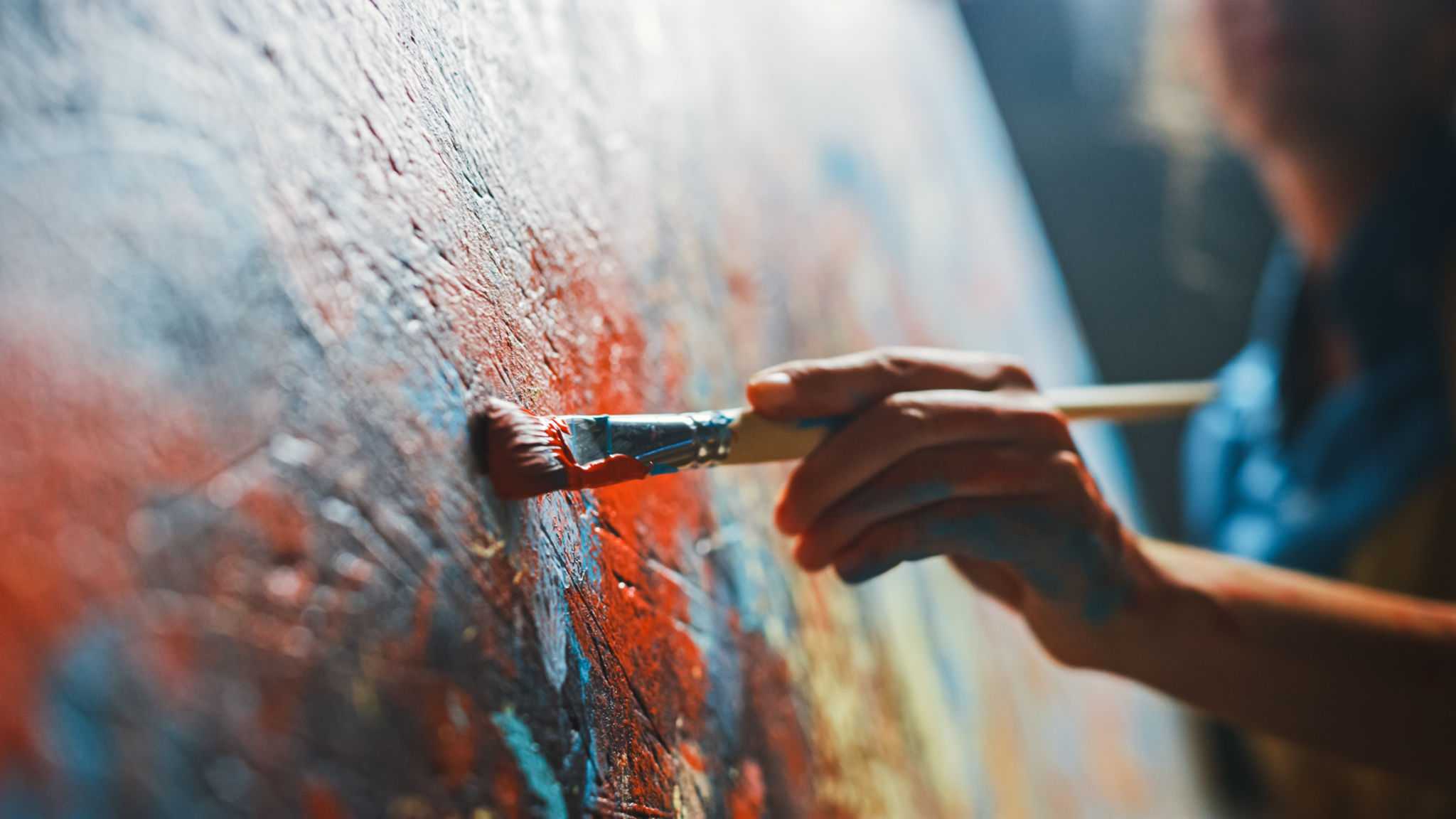How Upcycled Sculptures are Changing the Art Scene
The Rise of Upcycled Sculptures
In recent years, the art world has witnessed a significant shift towards sustainability, with artists increasingly turning to upcycled materials for their creations. This movement is not just a trend but rather a powerful statement about environmental responsibility and innovation. Upcycled sculptures, in particular, have emerged as a dynamic force within the art scene, offering new perspectives and challenging traditional notions of art.
Artists are taking discarded items—ranging from plastic bottles to old machinery—and transforming them into stunning works of art. This practice not only reduces waste but also adds intriguing layers of meaning to the artworks. By repurposing materials that would otherwise end up in landfills, artists are highlighting the potential for beauty and creativity in what society often deems as trash.

Environmental Impact and Artistic Expression
One of the most compelling aspects of upcycled sculptures is their dual impact: they make a strong environmental statement while allowing artists to express their creativity in unique ways. The use of everyday objects in art encourages viewers to reconsider their own consumption habits and the lifecycle of products. This form of art challenges the audience to see potential in the overlooked and undervalued.
Moreover, upcycled sculptures often carry a narrative that reflects on social and environmental issues. Artists use these pieces to tell stories about pollution, climate change, and the importance of conserving our planet's resources. Through their work, they aim to inspire change and provoke thought, urging society to take action towards a more sustainable future.

The Creative Process
The process of creating upcycled sculptures is as fascinating as the final product itself. Artists often embark on scavenger hunts for materials, seeing value where others see waste. This process requires a keen eye for detail and an imaginative approach to design, as artists must envision how disparate objects can come together to form a cohesive piece.
Once materials are gathered, the assembly phase begins. This stage involves cutting, welding, molding, and assembling various components, often using techniques that are specific to each artist's style and vision. The result is a one-of-a-kind sculpture that embodies both artistic skill and environmental consciousness.

Notable Artists in the Upcycling Movement
Several artists have gained recognition for their remarkable contributions to the upcycling movement. These individuals have carved out a niche in the art world by consistently producing thought-provoking and visually captivating sculptures. Among them are:
- Sayaka Ganz - Known for her flowing sculptures made from reclaimed plastic objects.
- Vik Muniz - Famed for his large-scale installations using discarded materials to recreate famous artworks.
- Tim Noble and Sue Webster - Renowned for their shadow sculptures crafted from piles of trash that project detailed images when illuminated.
The Future of Upcycled Art
The popularity of upcycled sculptures is only expected to grow as more artists and collectors embrace sustainable practices. As awareness about environmental issues continues to spread, the demand for eco-friendly art is likely to increase. This shift not only benefits the planet but also enriches the cultural landscape by introducing new forms of artistic expression.
In conclusion, upcycled sculptures represent a transformative movement within the art world. They challenge conventional ideas about art, demonstrate the potential of sustainable practices, and inspire both artists and audiences alike to see beauty in unexpected places. As this movement evolves, it promises to leave a lasting impact on the art scene and beyond.